13 Important Black History Sites to Visit in the U.S.
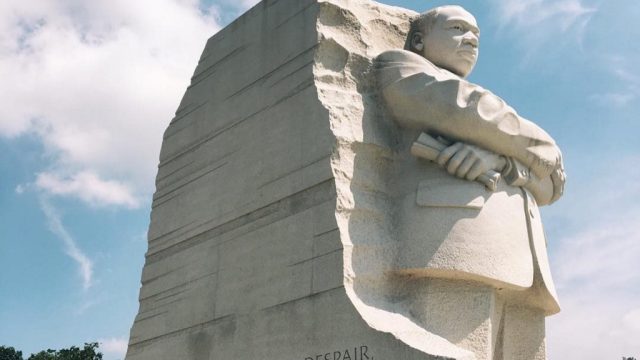
It’s one thing to learn about the civil rights movement in school, but it’s a far more profound experience to explore its most important settings firsthand—whether you’re walking inside one of Harriet Tubman’s actual stops on the Underground Railroad or touring a museum dedicated to the life of Martin Luther King, Jr. To mark this year’s Black History Month, here we present some of the powerfully moving sites, monuments, and murals that every American should visit.
1
National Underground Railroad Freedom Center; Cincinnati, OH
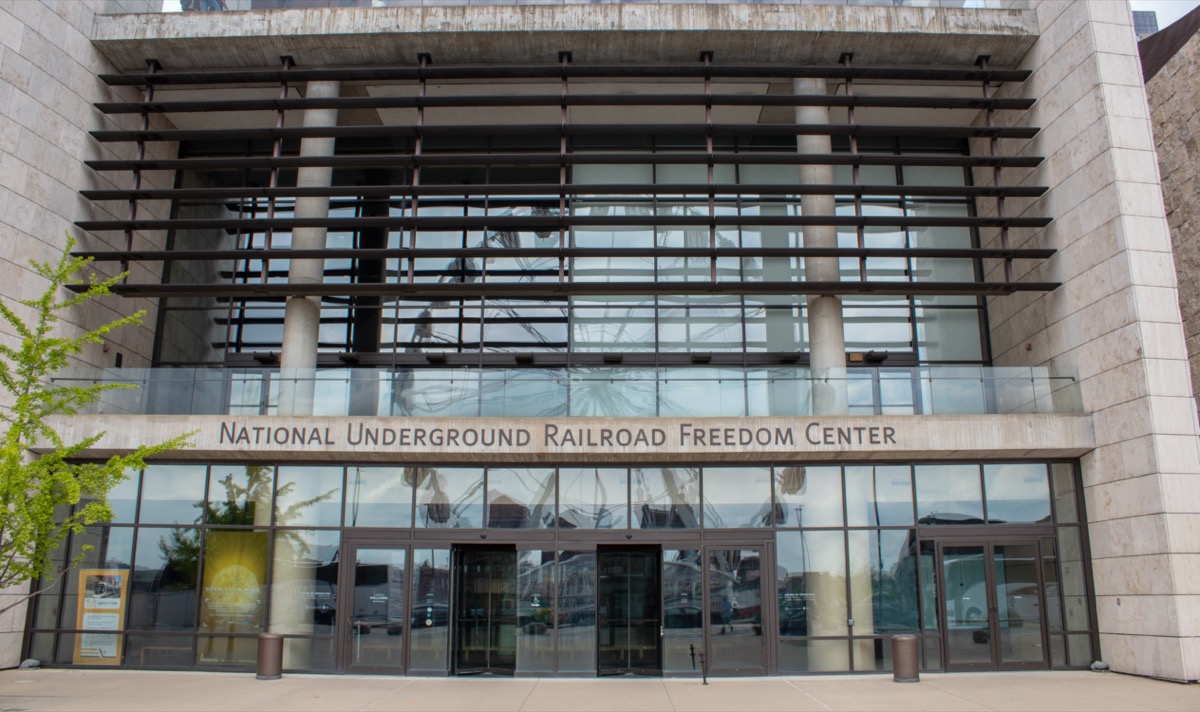
This museum commemorates the history of the Underground Railroad, the hidden routes of safe houses 19th-century slaves used to reach free states and Canada. It is located in downtown Cincinnati right along the banks of the Ohio River—the natural barrier that separated the Southern slave states from the free states of the North. The National Underground Railroad Freedom Center features a number of historic artifacts and important exhibits, such as the Rosa Parks Experience.
2
Martin Luther King, Jr. National Historic Park; Atlanta, GA
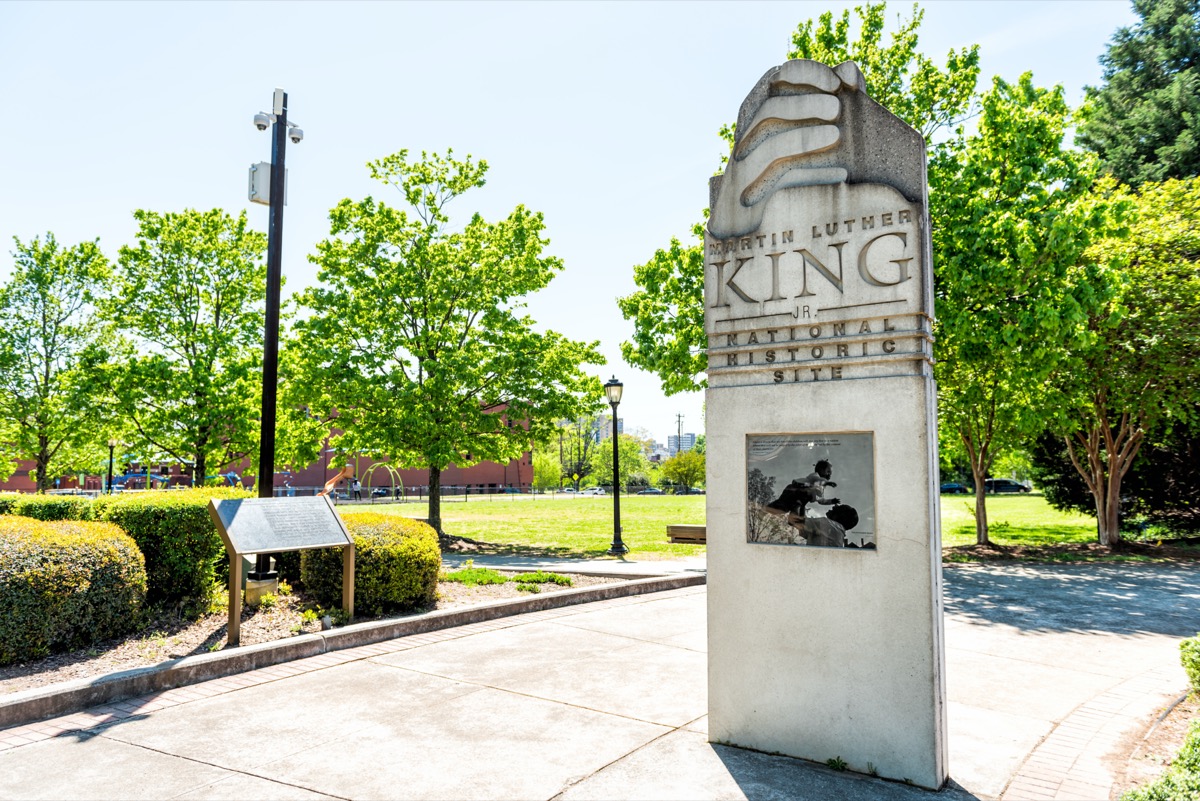
Martin Luther King, Jr. National Historic Park explores the life and enduring influence of one of the greatest leaders in American history. Encompassing Martin Luther King, Jr.’s boyhood home, gravesite, and the original Ebenezer Baptist Church where King was baptized and his father, maternal grandfather, and he were pastors, this historic district allows visitors to walk in the footsteps of the civil rights icon.
3
Harriet Tubman Underground Railroad National Monument; Dorchester County, MD
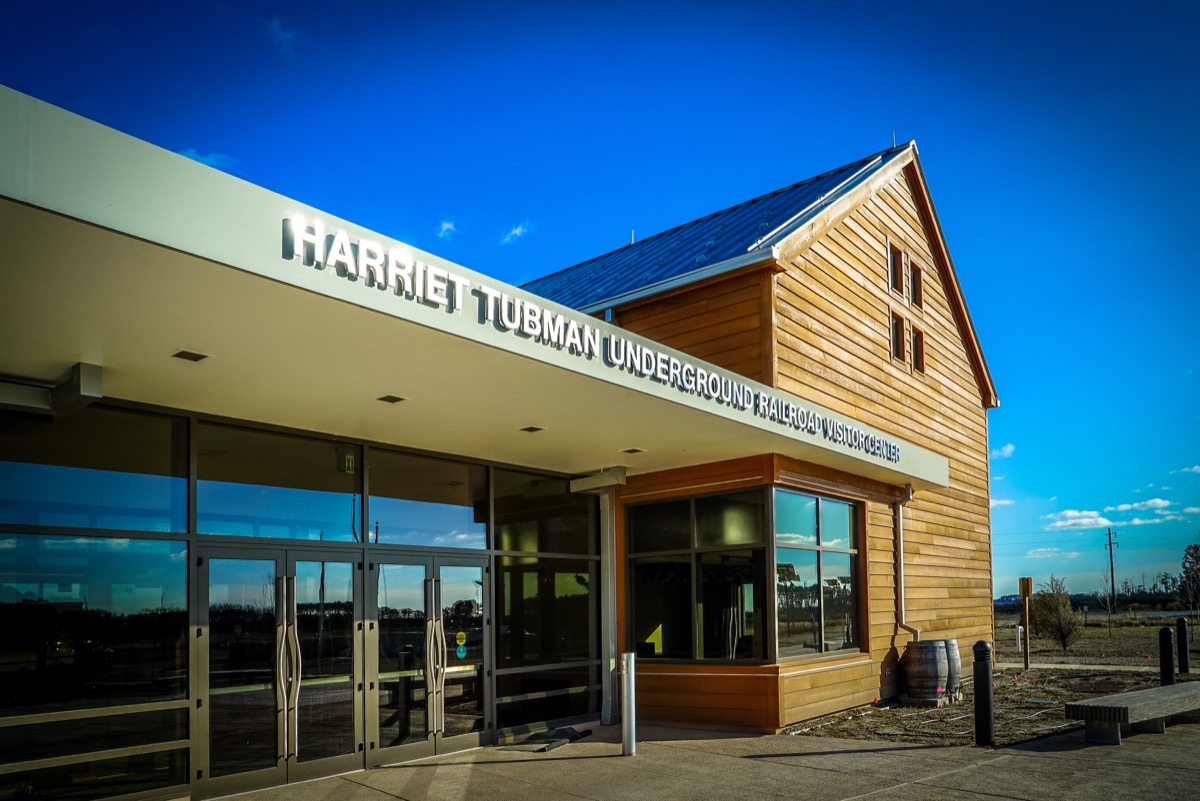
Established as a national monument by President Obama in March 2013, the Harriet Tubman Underground Railroad National Monument preserves the landscape and stops Tubman used to carry herself and nearly 70 other enslaved people to freedom. The park includes the home of Jacob Jackson, a free African American man, who helped Tubman secretly communicate with her family, as well as Stewart’s Canal, the hand-dug canal where Tubman learned important outdoor skills that helped her become one of the “conductors” on the Underground Railroad.
4
National Civil Rights Museum; Memphis, TN
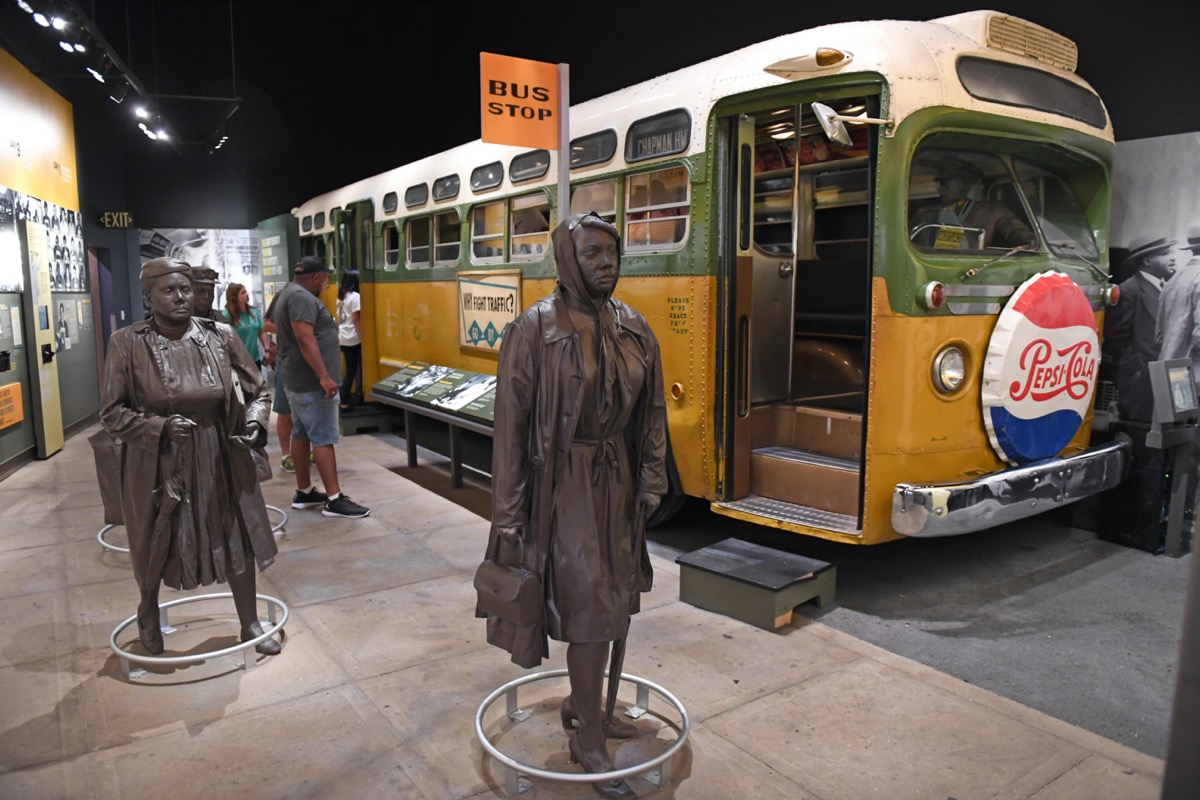
Built around the former Lorraine Motel, where Martin Luther King, Jr. was assassinated in April 1968, the National Civil Rights Museum guides visitors through 500 years of African American history, from the early resistance to slavery through the fight for equality in the late 20th century. The museum was expanded in 2014 and now features 260 artifacts, as well as tons of films, oral histories, and interactive media.
5
Motown Historical Museum; Detroit, MI
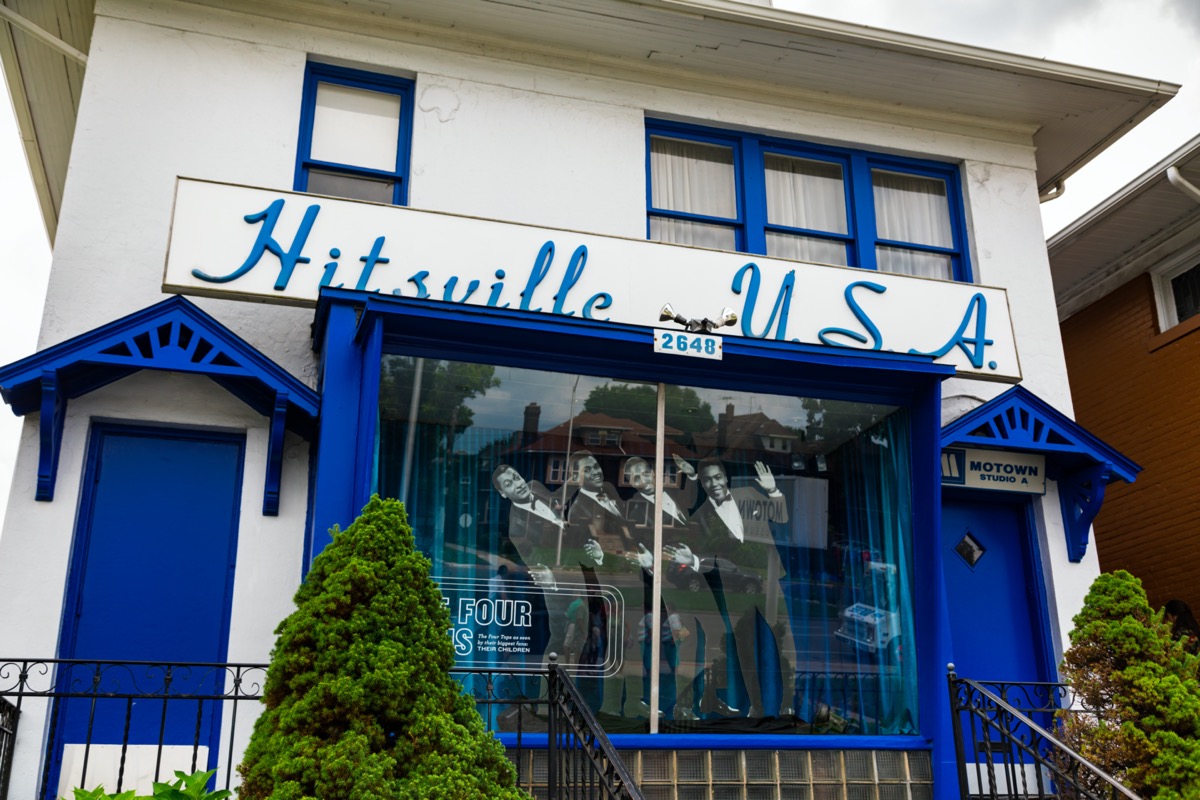
The Jackson 5, Stevie Wonder, Marvin Gaye, and dozens of other groundbreaking African American artists recorded their hits in Motown Records Studio A. Today, the studio is part of the Motown Historical Museum, which displays the history and influence of the record label, as well as founder Berry Gordy’s restored upper flat, where he lived with his young family as he was first building the culture-changing company.
6
Birmingham Civil Rights Institute; Birmingham, AL
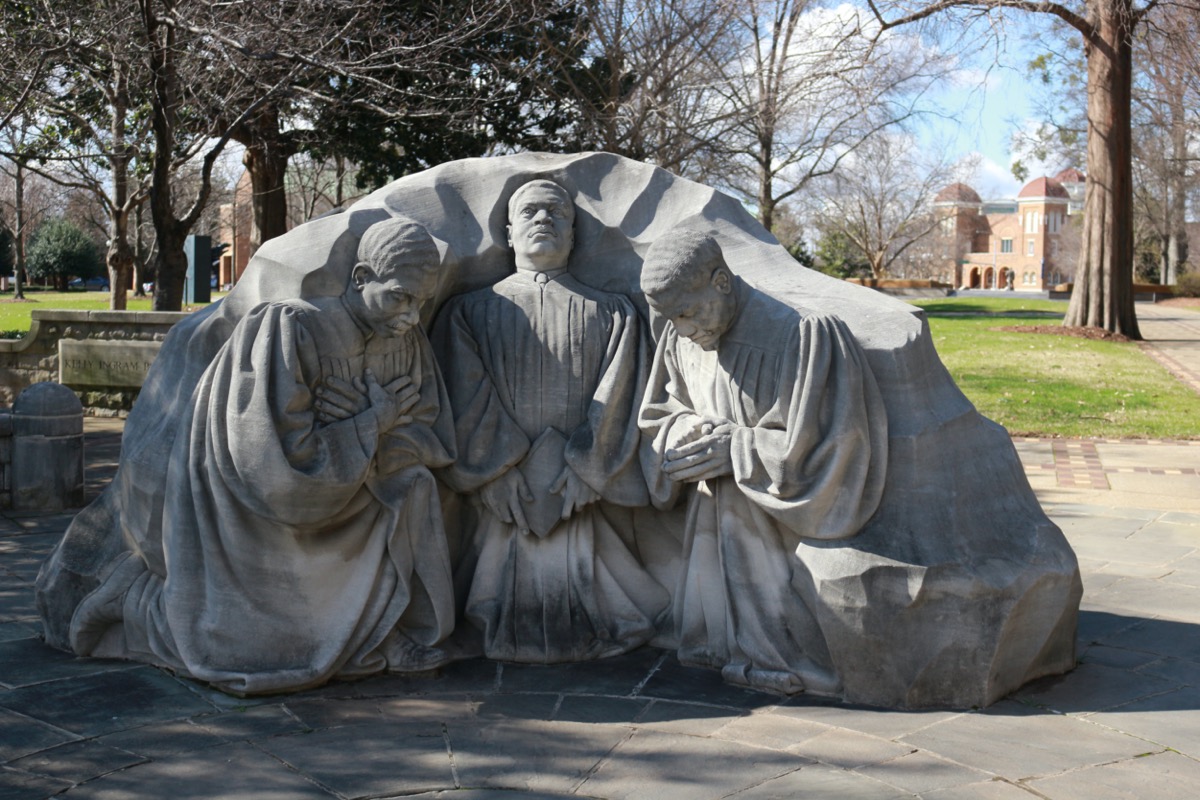
This interpretative, self-directed museum takes visitors through the challenges and perseverance of the American civil rights movement and the city’s contribution to it. Birmingham Civil Rights Institute is located right where much of the historic struggle took place, in the heart of the city’s Civil Rights District, near the 16th Street Baptist Church, Kelly Ingram Park, and the Carver Theater.
7
Mary McLeod Bethune Council House; Washington, D.C.
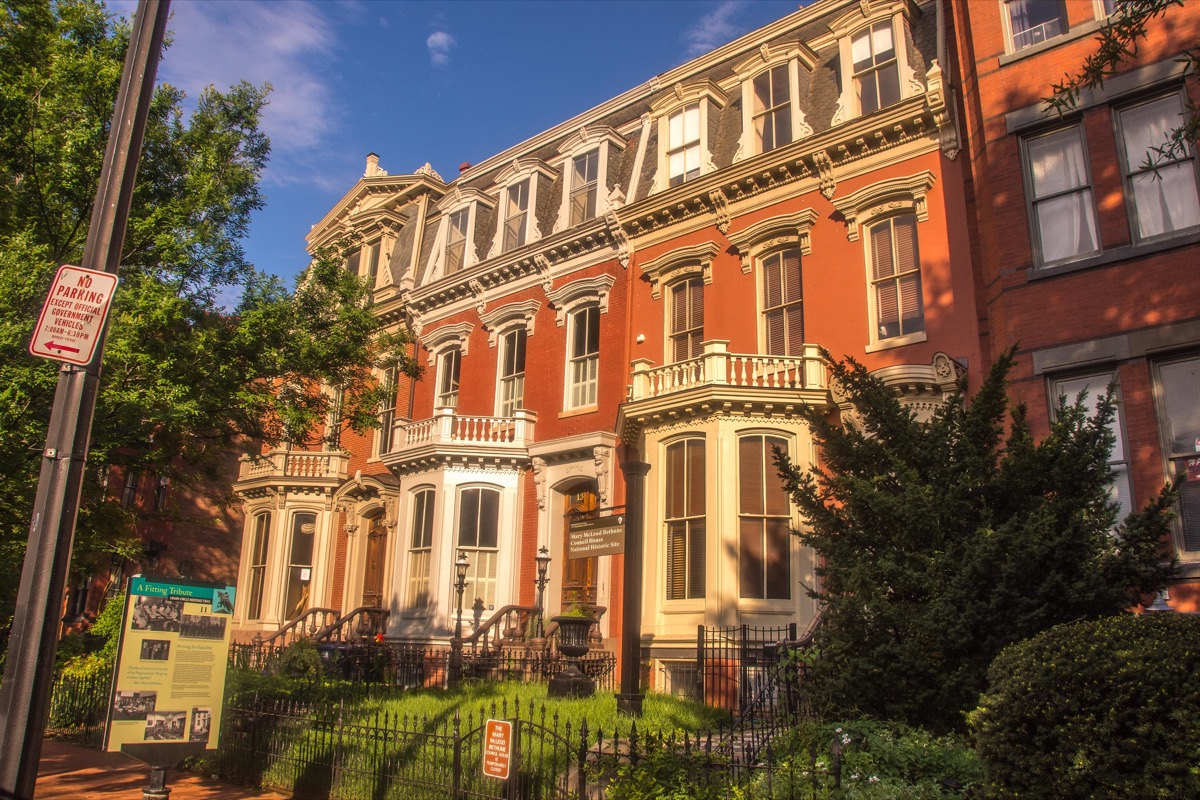
Mary McLeod Bethune was an educator and civil rights activist who established a school for girls in Florida that later became Bethune-Cookman University. When Bethune was offered a position with Franklin D. Roosevelt’s administration in 1935, she moved to Washington, D.C. In the townhouse in which she lived, she founded the National Council of Negro Women (NCNW). Mary McLeod Bethune Council House has been transformed into a national historic site that explores her remarkable accomplishments.
8
Malcolm X Birthsite; Omaha, NE
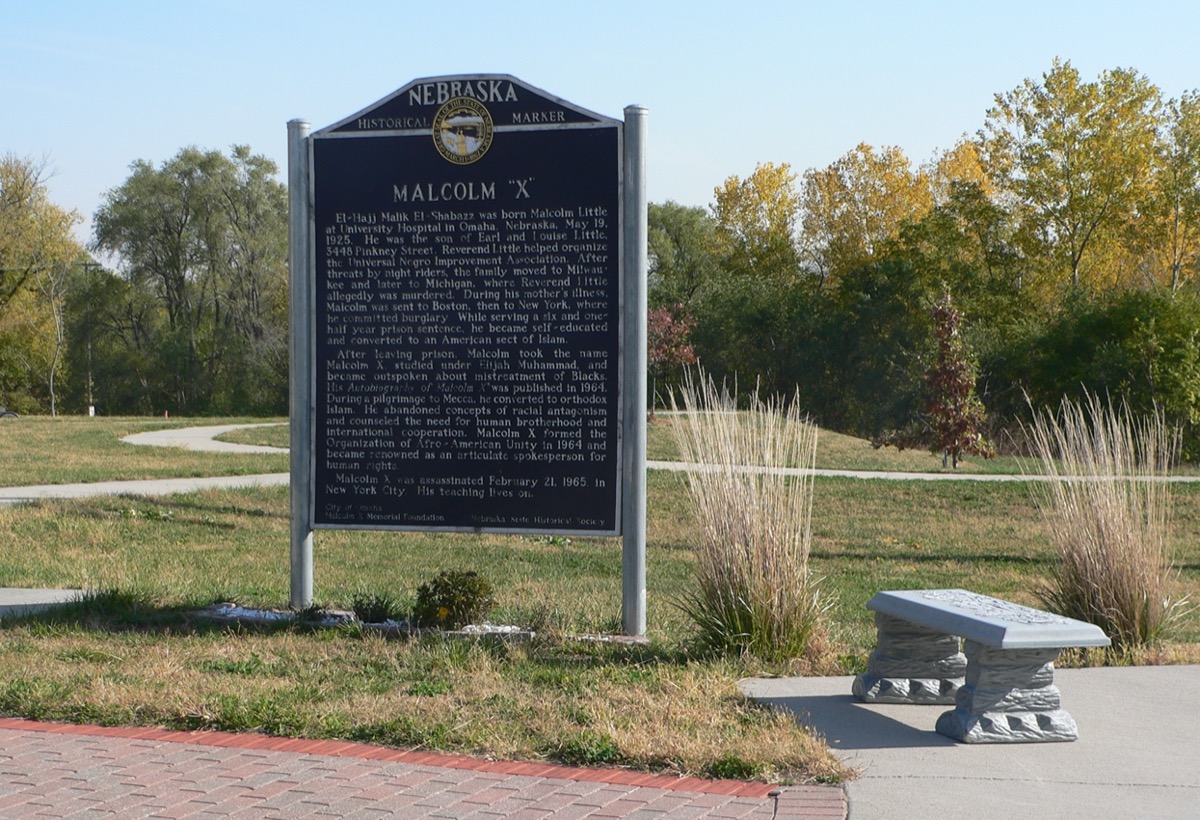
On May 19, 1925, Malcolm X was born in University Hospital Omaha before being brought home to 3448 Pinkney Street. Although the actual house no longer exists, the site of the Civil Rights leader’s first childhood home has been transformed into a 14-acre memorial named Malcolm X Birthsite.
9
Frederick Douglass National Historic Site; Washington, D.C.
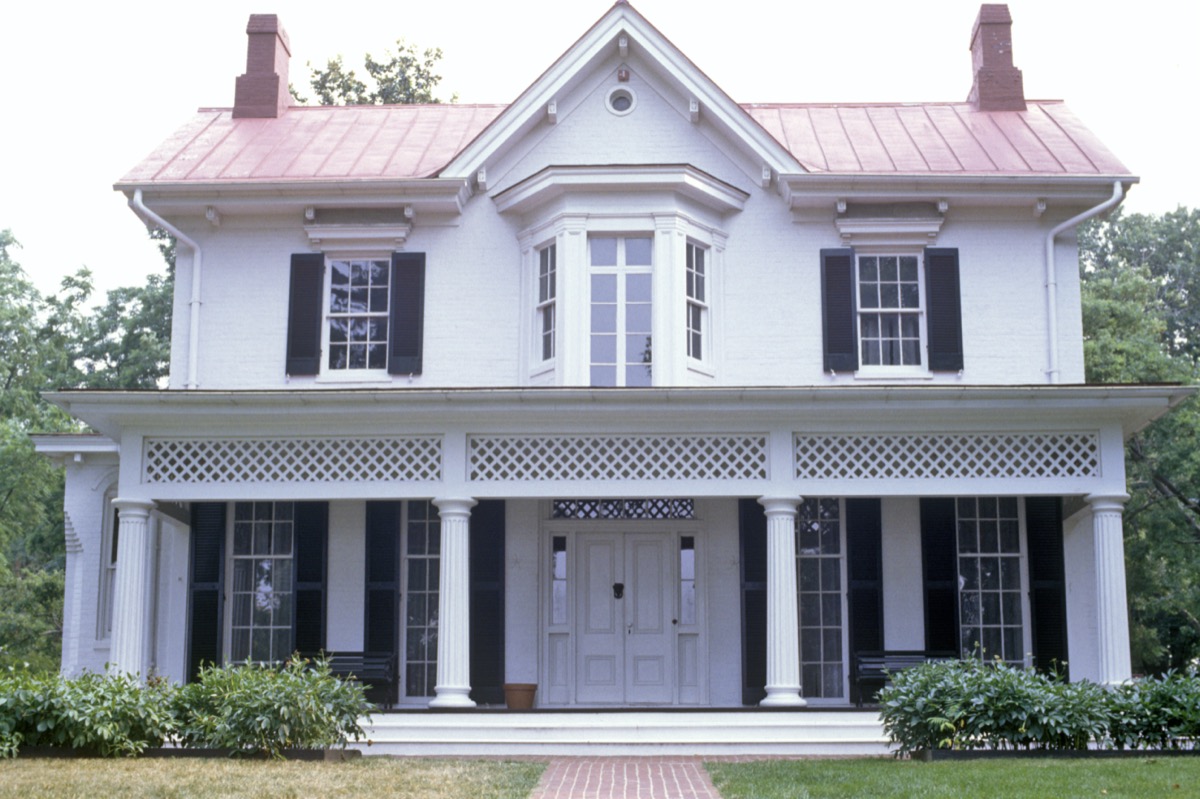
Frederick Douglass was a leading voice in the abolitionist movement. After escaping slavery as a young man, he dedicated his life to the fight for justice and equality. The Frederick Douglass National Historic Site commemorates his contributions and accomplishments at Cedar Hill, the beautiful colonial mansion where he lived from 1877 until his death in 1895.
10
Charles Young Buffalo Soldiers National Monument; Wilberforce, OH
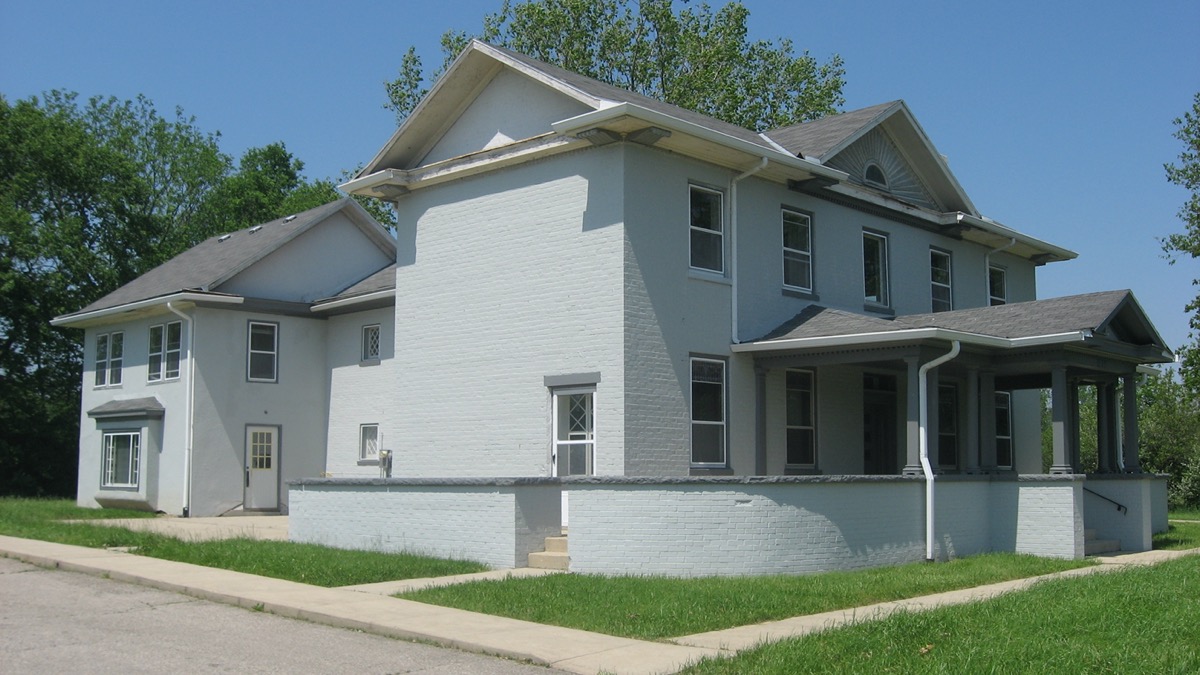
Charles Young was born into slavery before he went on to become the third African-American graduate of West Point and the highest-ranking black officer in the U.S. Army. The large home he purchased in 1907, which he christened “Youngsholm,” was once used as a stop on the Underground Railroad before it became the social hub of the notable figures who ran in Young’s circle. Today, Youngsholm is the base of Charles Young Buffalo Soldiers National Monument, which honors Young and the Buffalo Soldiers he commanded.
11
Boston African American National Historic Site; Boston, MA
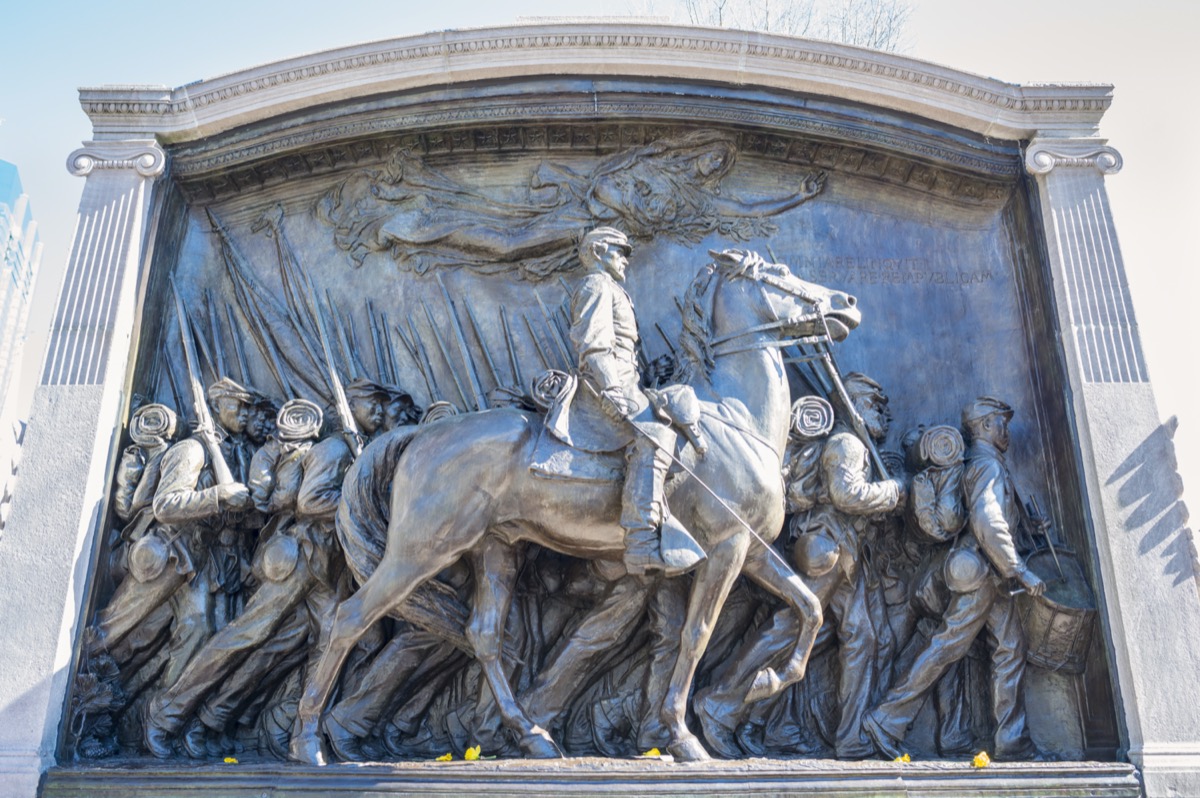
Circling out from the north slope of Beacon Hill, the heart of the city’s black community in the 19th century, the Boston African American National Historic Site explores the people and places that led the nation in the fight against slavery. The monument includes the 1.5-mile Black Heritage Trail that links together important buildings, such as the 1806 African Meeting House, the oldest standing African American church in the United States.
12
Black American West Museum; Denver, CO
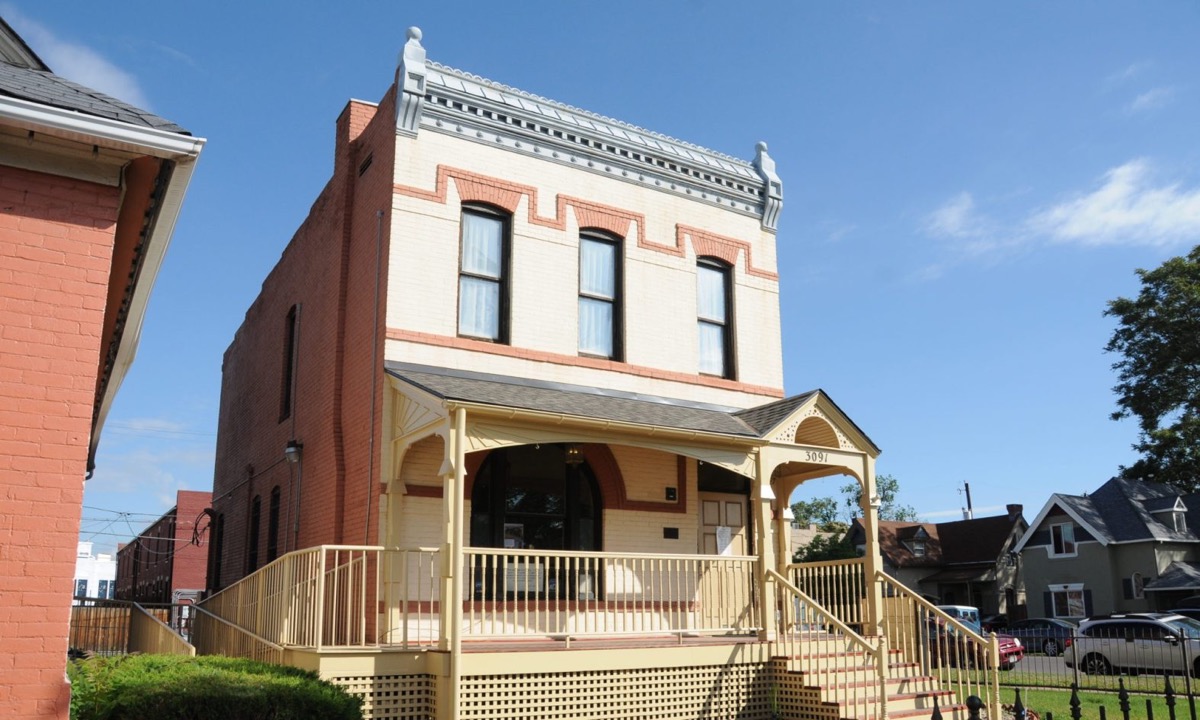
Located in the former home of Colorado’s first African American female physician, Justina Ford, the Black American West Museum started off as a place to commemorate black cowboy culture. It has since turned into an exploration of the stories of the African Americans who traveled through new frontiers to settle in the west.
13
John Coltrane House; Philadelphia, PA
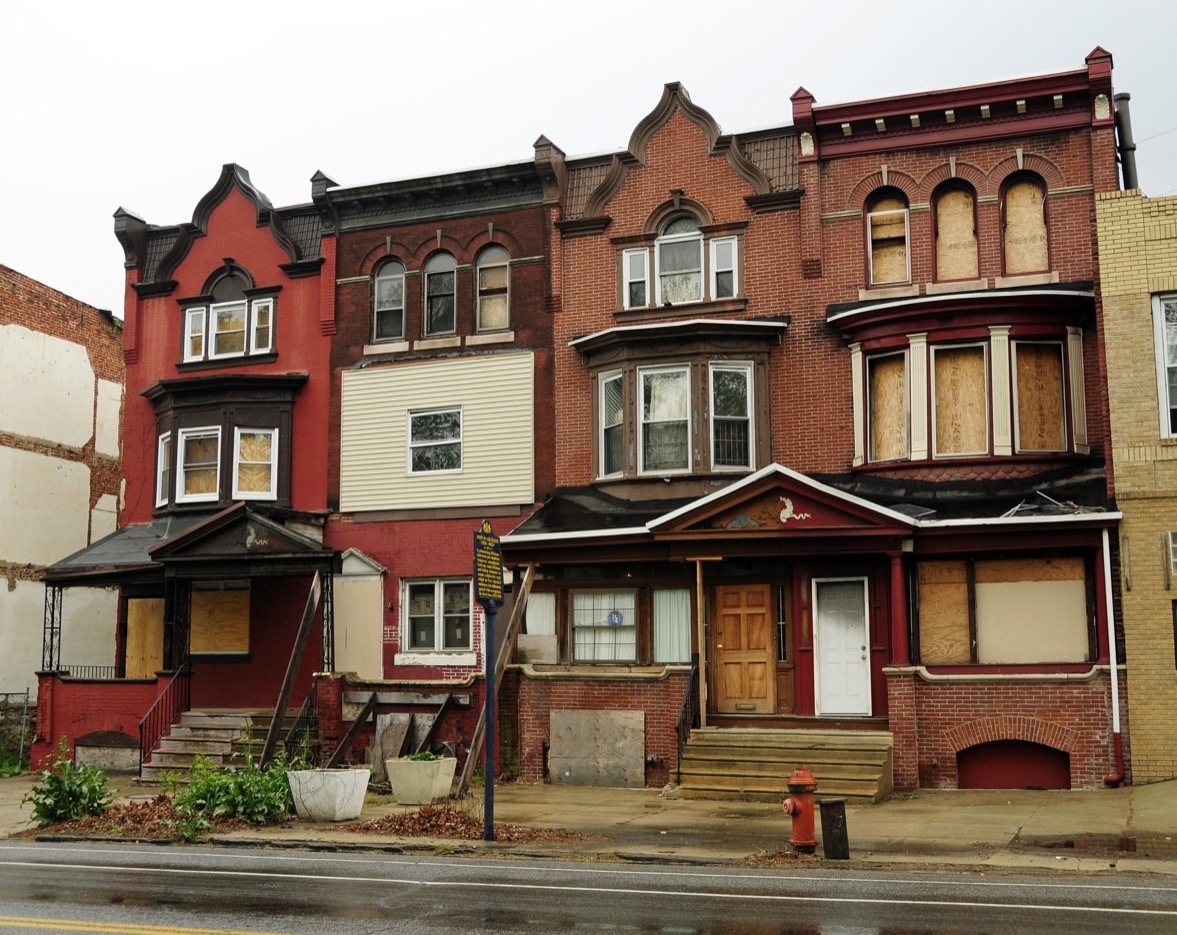
From 1952 to 1967, jazz legend John Coltrane lived in what is now known as the John Coltrane House. The national historic landmark honors the life and influence of the iconic tenor saxophonist and composer who helped to develop one of the most enduring and impactful genres of music in the United States.